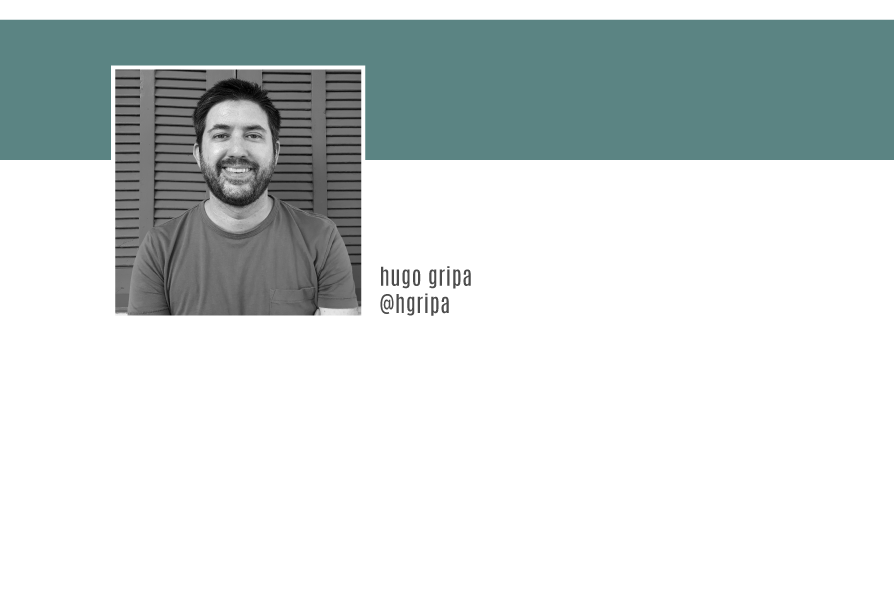17 July 2020 The house as the main setting for everyday life

by Hugo Gripa
The residential house is an enclosure, a nest, a sacred space that witnesses and serves as a setting for human and non-human social relations throughout our existence. The house is a public and private scenario of sociability and, with the advent of the new coronavirus pandemic and its restrictions and impositions of social isolation, this scenario has taken on a new leading role. We have been living much more at home than before and will be so until new health and safety conditions exist for everyone at the same time. Currently, we are experiencing a new period with our home and our family dynamics, recovering attributes that were dormant due to other external use scenarios. To understand some qualities inherent to the home, I bring some anthropological reflections that serve to support what we experience daily, either with us or with the clients with whom we work.
For Marion Segaud (2016), to live is to establish a connection with the territory, attributing qualities that identify its residents. The house is an image of its resident and family, of a social being, and its boundaries, domestic chores of its inhabitants, its space guidelines and within space understand how the human being positions themselves in relation to their surroundings and between people with whom they live together. Each culture, group, family, builds its heritage, with the purpose of articulating and expressing its identity and its memory (Segaud, 2016).
Establishing a relationship between space and the self is about giving meaning to this place. This process varies according to cultures, generations, and subjects, and which can generally be assimilated to rituals. Moving to a new home, or reoccupying an existing home, involves many other practices, in addition to its acquisition; painting, cleaning, decorating, furnishing are material actions that transform the space of the other, the former resident, or the “old self” into a new space. These actions are foundational practices that are celebrated along with the main act of the new house and legitimize it as a social, cultural fact, in addition to giving identity and transforming the place into a space (Segaud, 2016).
Thus, the house assumes a perspective of a dynamic entity, which shares the same life trajectory with its residents, that is, this approach suggests that the transience of houses should be investigated from the same perspective as that of its inhabitants. “The house is an extension of the person; like extra skin, a carapace or a second layer of clothing, it serves both to reveal and expose and to hide and protect ”(Carsten; Hugh Jones, 1995, p. 02). Considering houses and people under the same analysis structure entails that the house assumes the results of being a reflection of the processes experienced by its subjects. It presupposes a relationship between houses and people, where the life of the houses, which is made up of the lives of its residents, is directly linked to the identity of these people and vice versa. In the houses and with the houses, social relations are perceived and built. In this sense, the value of the houses is communicated not only by their architectural form, but also in what is generated through their rituals and social relationships. In this sense, the house assumes the role of an “anthropological place” when it represents the identity of the family that inhabits it and is transformed into a space full of meanings by its subjects, at the same time that it also transforms them.
Recently, with the digital transformation superlative with the advent of the global pandemic of Covid-19 and, also, its policies of social isolation, it is possible to affirm that the home assumes a prestigious place in contexts of use and consumption, mainly in large cities. This is because, in recent decades, we have witnessed modern metropolises undergoing significant transformations in their codes, symbols, and signs. Their decontextualizations characterize new environments of performance consumption that compete with each other, intersecting architecture, design, fashion, style and visual communication; they generate a new and powerful hybrid of consumption dynamics, in which the consumer, at the same time of consumption, creates performances that refeed this dynamics (Canevacci, 2004). In this scenario, the new place of design seems to be to reinsert human values and human sensitivity in the material world, to make interactions with the product and environment less impersonal and strictly functional, more relational, pleasant and reliable (Niemeyer, 2008) .
Creativity is responsible for incorporating these social and behavioral changes in products and services, materializing the identity of its resident in the residential home. Thus, the house assumes several facets and moral values, makes dreams come true, marks passage rituals and symbolizes social notions of comfort, quality of life, status, identity, security, shelter, achievement, heritage and love, especially love for the family.
The house plays an important transforming and materializing role for its inhabitants and their different stages of life story. We are facing not only the importance of space for social life, but also the idea of a space that is the product of social organizations, which reflects the identity and desire of its residents, at the same time that it plays a role of positional good and heritage, in a world of material culture with pre-established rules, but in constant transformation.
Bibliographic References
CANEVACCI, Massimo. Metrópole Comunicacional. Revista USP, n. 63. p. 110-125, Set./Nov. 2004.
CARSTEN, Janet; HUGH-JONES, Stephen. About the house. Lévi-Strauss and Beyond. Cambridge: Cambridge University Press, 1995.
NIEMEYER, Lucy. Design Atitudinal: uma abordagem projetual. In: MONT´ALVÃO, Claudia e DAMAZIO, Vera (org.). Design, Ergonomia e Emoção. Rio de Janeiro: Mauad X/ FAPERJ, 2008.
SEGAUD, Marion. Antropologia do espaço: habitar, fundar, distribuir, transformar. São Paulo: Edições SENAC São Paulo, 2016.




